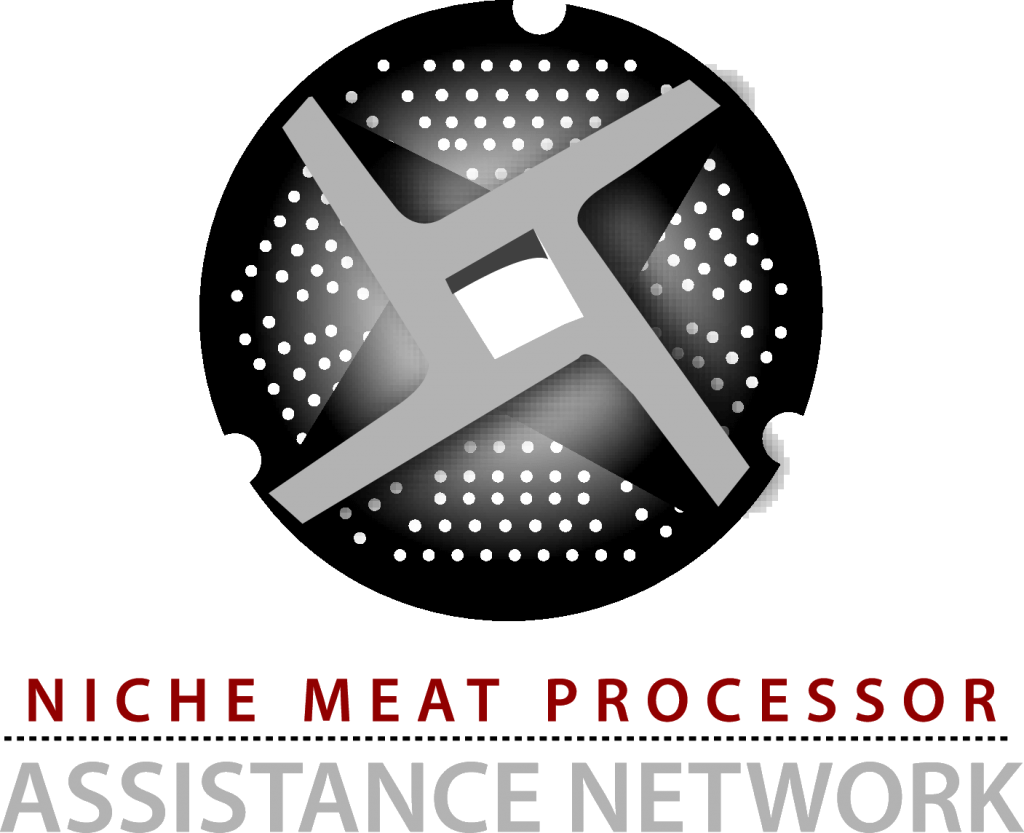The following is the technical classification for worker’s compensation classification codes as written by the National Council on Compensation Insurance (NCCI).
Last updated December 2008. All codes are subject to change. Contact your state worker’s compensation bureau for the most up to date information.
“BUTCHERING”
*Special Note – Oregon* – 2081 is not applicable. Refer to:
Scopes Classification 2089 – Packing House – All Operations
Includes the handling of livestock, preparation of dressed meat, rendering, washing of casings, salting of hides or cooking of offal. Codes 2081 and 2089—Packing House shall not be assigned to the same risk unless the operations described by the classifications are conducted as separate and distinct businesses.
CROSS-REF. Slaughtering—same footnote as Butchering; Stockyard and Butchering—same footnote as Butchering.
SCOPE Code 2081 covers insureds engaged in the butchering of livestock and the preparation of fresh meat. The class contemplates the handling of livestock including pen maintenance and killing room operations. The dressing, boning and chilling of beef, pork, sheep or calves for sale either in halves, quarters or individual fresh cuts are also contemplated within Code 2081 as well as rendering, washing of casings, salting of hides or cooking of offal. Incidental sausage manufacturing is also contemplated under this class when performed in connection with a butchering establishment that performs no other packing house operations other than those enumerated in the phraseology of Code 2081.
The following clarifies the distinctions between Codes 2081 and 2089 for classification purposes. Although both classifications contemplate butchering or slaughtering and the handling of livestock, the packing house classification, Code 2089, is applied to those insureds whose operations involve meat processing beyond the point of cutting, boning and dressing for distribution to customers such as wholesalers, retailers, restaurants and hotels. In order to qualify for Code 2089, the risk’s principal operations must be that of processing meat. Processing meat includes but is not limited to processes such as smoking or curing hams, bacon manufacturing, pickling or otherwise preserving beef or pork cuts and, in many cases, the packaging of meat products in the form that they will be subsequently sold to the consumer. Insureds that do not process meat as described above but only engage in sausage manufacturing and butchering operations that involve cutting of steaks, chops, roasts and incidental grinding of meat are assigned to Code 2081.
Refer to Codes 8021or 8031 for wholesale or retail meat dealers that do not engage in the handling of livestock or the butchering or slaughtering of same. (See state-specific exceptions above.) Refer to Basic Manual Rule 1-D-3 (Rule IV-D-4, 1996 edition) to determine if retail or wholesale meat stores that are operated by an insured classified to Code 2081 qualify to be separately rated as Codes 8021 and/or 8031.
State Variations
Not Applicable in Oregon
State Special: California—Butchering—including the handling of livestock;
California—Stockyards—with or without butchering;
Illinois, Missouri—Butchering—includes the handling of livestock. Secondary meat cutting and processing operations to be separately classified under either Code 8021—Store: Meat, Fish or Poultry Dealer—Wholesale, or Code 8031—Store: Meat, Fish or Poultry Dealer—Retail. Codes 2081 and 2089—Packing House shall not be assigned to the same risk unless the operations described by these classifications are conducted as separate and distinct businesses;
Illinois, Missouri—Slaughtering—includes the handling of livestock. Secondary meat cutting and processing operations to be separately classified under either Code 8021—Store: Meat, Fish or Poultry Dealer—Wholesale, or Code 8031—Store: Meat, Fish or Poultry Dealer—Retail. Codes 2081 and 2089—Packing House shall not be assigned to the same risk unless the operations described by these classifications are conducted as separate and distinct businesses;
Montana—Includes packing house operations, handling of livestock, preparation of dressed meat, rendering, washing of casings, salting of hides, or cooking of offal.
New Jersey—Butchering—includes the handling of livestock, preparation of dressed meat, rendering, washing of casings, salting of hides or cooking of offal. NPD with Code 2089—Packing House;
New Jersey—Slaughtering—includes the handling of livestock, preparation of dressed meat, rendering, washing of casings, salting of hides or cooking of offal. NPD with Code 2089—Packing House;
New Jersey—Stockyard & Butchering—includes preparation of dressed meat, rendering, washing of casings, salting of hides or cooking of offal. NPD with Code 2089—Packing House.
South Dakota—Butchering—includes the handling of livestock. Secondary meat cutting and processing operations to be separately classified under either Code 8021—Store: Meat, Fish or Poultry Dealer—Wholesale or Code 8031—Store: Meat, Fish or Poultry Dealer—Retail, depending on the type of operation. Codes 2081 and 2089—Packing House shall not be assigned to the same risk unless the operations described by these classifications are conducted as separate and distinct businesses.
South Dakota—Slaughtering—includes the handling of livestock. Secondary meat cutting and processing operations to be separately classified under either Code 8021—Store: Meat, Fish or Poultry Dealer—Wholesale or Code 8031—Store: Meat, Fish or Poultry Dealer—Retail, depending on the type of operation. Codes 2081 and 2089—Packing House shall not be assigned to the same risk unless the operations described by these classifications are conducted as separate and distinct businesses.
State Addendum – Massachusetts– Refer to MA Manual Rule IV-D-4 to determine if retail or wholesale meat stores that are operated by an insured classified to Code 2081 qualify to be separately rated as Codes 8021 and/or 8031.


